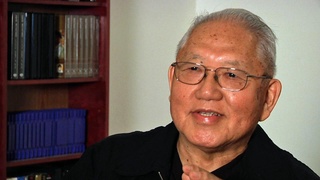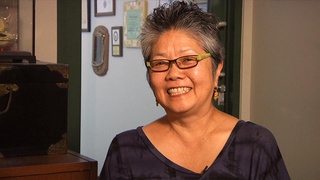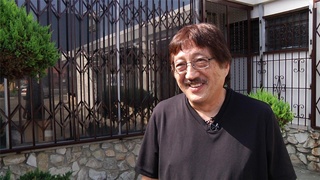Interviews
Taiko as self-expression
January 1974 is when I decided to be a part of it (San Jose Taiko). And it was elation because this was the first time, from my whole Asian American awareness identity experience, that I’m getting involved in a different way. Self expression, creative mode—that was so uplifting because everything was, like I said, rhetoric and very serious and organizing. But to be able to find something that I can find creative expression was just so great. And to see the creativity of people coming together and going “Yeah! Yeah!”—the freedom—was something that I really enjoyed. I felt also that there was this sense of community, camaraderie. And again, I found within this group this very lateral way of connecting and interacting with each other. So this hierarchical power structure did not exist.
Date: January 26, 2005
Location: California, US
Interviewer: Art Hansen, Sojin Kim
Contributed by: Watase Media Arts Center, Japanese American National Museum
Explore More Videos


Dreamed of becoming an Enka singer
(b. 1981) Enka Singer

His clothes are part of his identity
(b. 1981) Enka Singer

Hopes everyone pursues their dreams regardless of race or heritage
(b. 1981) Enka Singer


The first concert in the United States (Japanese)
(b. 1981) Enka Singer

On Justice Todd’s Involvement with the Japanese American Cultural and Community Center
(b. 1942) The first Asian American woman judge








